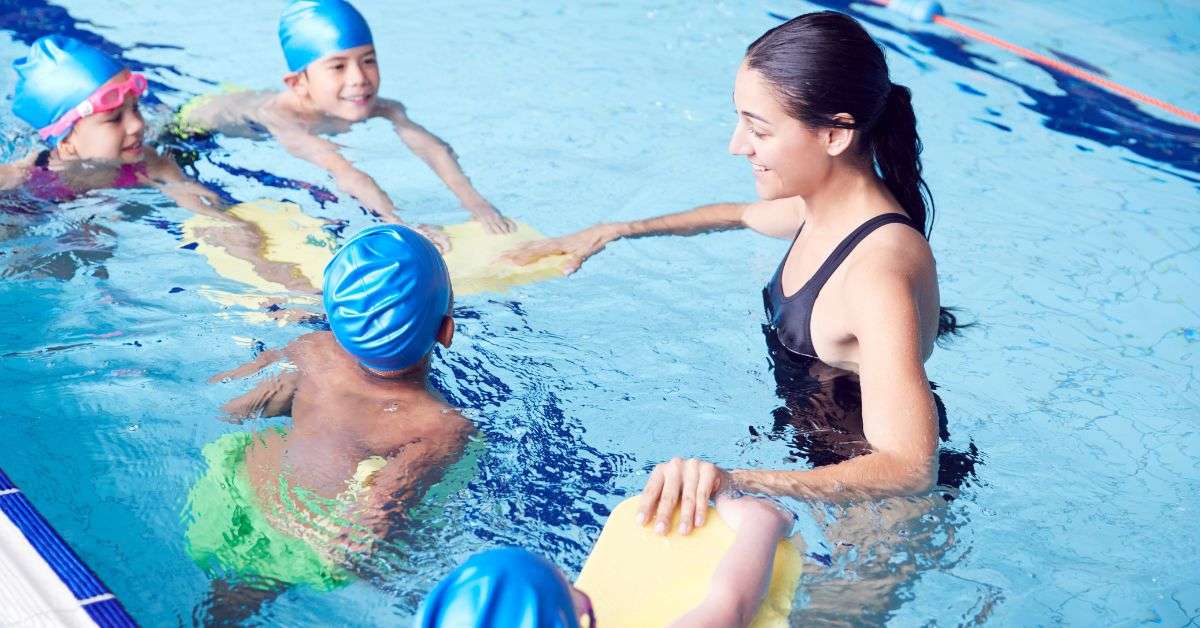- Understanding the Importance of Swimming Lessons
- Researching Swimming Lesson Options
- Evaluating Safety Standards
- Assessing Instructor Credentials and Training
- Considering Learning Styles and Program Structure
- Checking Progression and Level Structure
- Ensuring Facility Quality
- Gauging Your Child's Comfort and Readiness
- Conclusion: Making an Informed Decision
Understanding the Importance of Swimming Lessons
Swimming lessons are not just about fun and games; they are critical to a child’s safety and development. Drowning remains a leading cause of accidental death in children, making swimming skills essential for survival. Moreover, swimming benefits children’s physical health by improving coordination, building strength, and fostering social and emotional learning opportunities. Therefore, selecting an appropriate swimming lesson program is a responsibility that parents should approach with careful consideration and understanding of their child’s specific needs.
Researching Swimming Lesson Options
Begin by exploring what programs are available in your community. Word-of-mouth recommendations from other parents can be invaluable, but it’s crucial to conduct research. Look for reviews and testimonials, and don’t hesitate to visit local swim schools to observe lessons firsthand. Understanding the differences between private, semi-private, and group lessons is essential, as each offers varied benefits and potential challenges. Determining which environment best supports your child’s learning is a significant first step toward finding the right program.
Evaluating Safety Standards
Your child’s safety should be the paramount concern of any swimming program. Please verify that the swimming lessons near me follow strict safety protocols, including lifeguard presence during lessons, a clear emergency plan, and regular safety drills for instructors and students. The water quality, temperature, and facility cleanliness are crucial in ensuring your child’s safe and healthy swimming environment.
Assessing Instructor Credentials and Training
An instructor’s qualifications can make a difference in a child’s swimming education. Professional certifications, such as those from the American Red Cross or other nationally recognized organizations, indicate that an instructor has received training in teaching techniques, safety, and first aid. The instructor’s experience with teaching children of similar ages and abilities to your child will also affect how well they can tailor lessons to meet individual needs.
Considering Learning Styles and Program Structure
Every child learns differently, and a swim program that caters to various learning styles can be more effective. Determine if the program prioritizes a child-centered approach, mixing play and structured learning elements for an engaging and productive experience. The class size and length, frequency of lessons, and overall curriculum are also important factors, as they determine how much individual attention your child receives and how the learning material is presented.
Checking Progression and Level Structure
Swimming proficiency is not mastered overnight; it requires a progressive approach that builds on skills over time. Investigate how the program graduates students from one level to the next and what milestones and competencies they are expected to achieve. Transparent criteria for progression ensure that children are challenged appropriately and can experience a sense of accomplishment as they develop their swimming abilities.
Ensuring Facility Quality
The environment where swimming lessons take place significantly influences a child’s comfort and learning. Ensure the facility is well-maintained, with clean changing areas, secure lockers, and easily accessible restrooms. The pool design should be suitable for learning, with shallow areas for beginners and deeper sections for more advanced instruction. Ideally, the water temperature should be warm to keep children comfortable.
Gauging Your Child’s Comfort and Readiness
Each child is unique in their readiness to commence swimming lessons. Evaluate not only your child’s physical readiness but also their emotional state. Are they excited about learning to swim, or are they apprehensive? An effective swimming lesson program will take these factors into account and work to build trust, fostering an environment where children feel safe to explore and challenge their comfort levels in the water.
Conclusion: Making an Informed Decision
Choosing the right swimming lesson program for your child is a multilayered decision that involves thoughtful exploration of available options and careful consideration of your child’s specific needs and personality. By assessing factors like safety, facility quality, instructor credentials, and program structure, you are well on your way to selecting a program that will not only teach your child essential swimming skills but will also provide them with a rewarding and enjoyable experience that encourages a lifelong love of the water.
Key Takeaways:
- Choosing the right swimming program involves considering factors such as safety, instructor qualifications, and the program’s approach to teaching.
- A child’s needs, learning style, and comfort level should be at the forefront of any decision-making process.
- Ensuring the swim program aligns with long-term goals for your child’s swimming proficiency and enjoyment is crucial.


